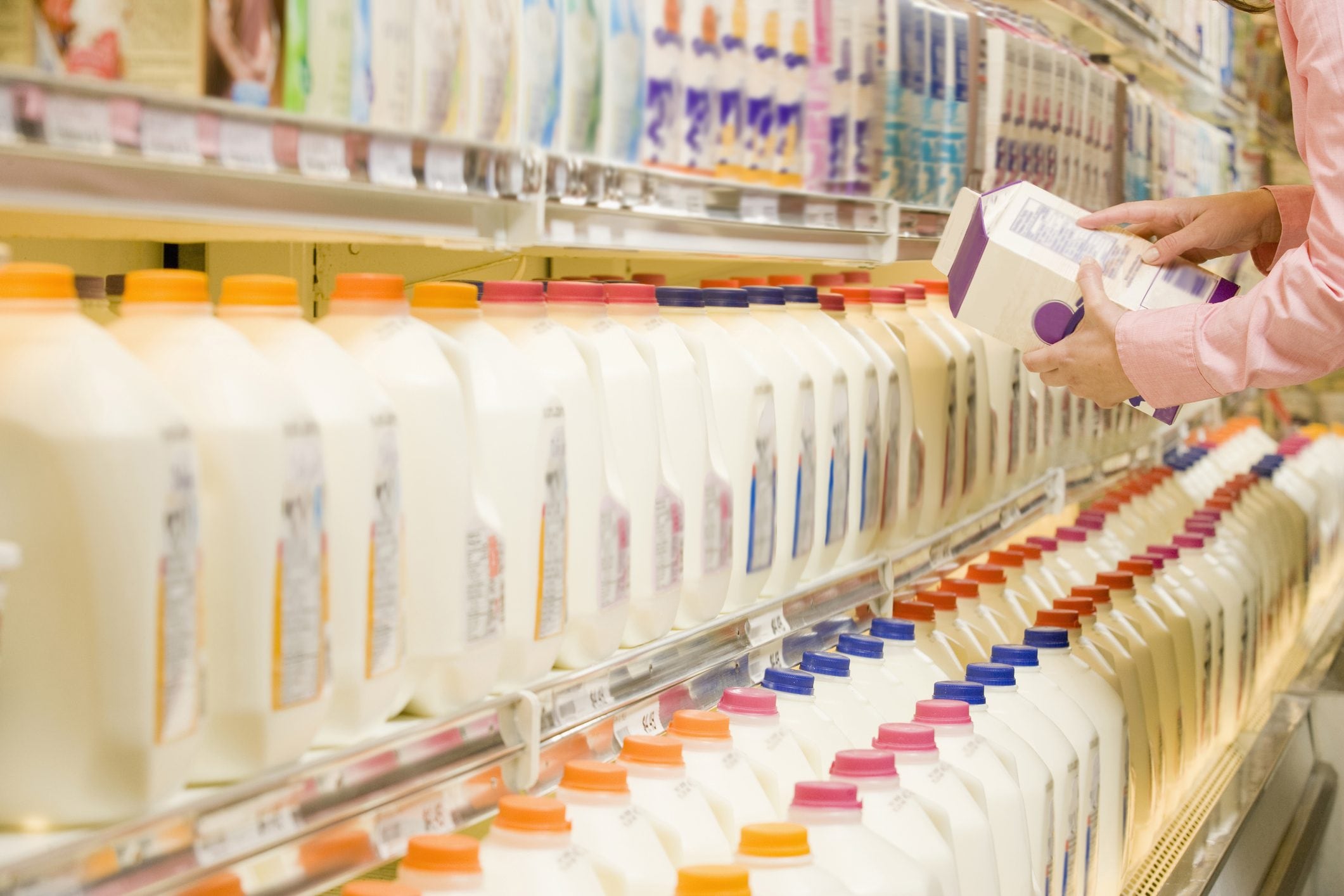
More and more often we exit from supermarkets with carts full of things to eat and too often we do not check the expiration date, convinced that we will be able to use everything we buy in our recipes. Then one day we realize that our products are not eternal and then we start to ask ourselves: what does "expiration date" mean? How does it differ from "preferably consume within"? Are there any foods that can be consumed even after that expiration date and which ones? We tried to answer all these questions and found the rules to follow in order not to make mistakes and not to waste food. Don't worry, it's much easier than you think.
1. How to correctly read the label: a bit of clarity

The first thing to be reckoned with is the correct information: according to the European Regulation of 2011, the labels of the food products we buy must contain a wording that shows the "minimum time of conservation" or the time within which the food, if correctly preserved, maintain intact their nutritional and organoleptic characteristics. The wordings that refer to TMCs are different and each indicates a precise time:
the wording "expiration date" which can also be found as "consume within", for example, indicates the date (composed of day, month and year) beyond which the food loses its properties and may be harmful to health; this is the case of fresh products that can be preserved for less than three months, such as dairy products, derivatives, eggs, meat and fish.
On food products that are not subject to rapid perishability we find the wording "consume preferably within" followed by the date, which contains month and year if we talk about products that can be preserved between 3 and 18 months or only the year, in case the food can be preserved for more than 18 months. When we find these last two words we must consider that the food could, in some cases, be consumed even after the date we find on the label without running risks to our health; naturally, the more time passes the more food will lose its nutritional properties.
2. Preserve food in the right way

All you have just read is good only if the products are preserved in the right way and this is your job: preserving properly means avoiding the proliferation of microorganisms and bacteria inside food, since this thing could cause health problems.
About preservation, we can divide food into three macro categories: stable foods to be preserved at room temperature (pasta, dried vegetables, coffee, tea and canned food); perishable foods (such as dairy products, fresh meat, sausages, fresh fruit, fresh pasta or eggs) and semi-perishable foods or foods that have undergone processing that has changed the chemical composition (cheeses, meats, jams and sauces). Stable foods can be preserved in dry places and away from heat sources but generally they are foods that remain intact in taste and property for a long time. Perishable foods must be preserved in the refrigerator at an average temperature of + 4 °; and also semi-perishable products must be preserved in the refrigerator: also, once opened, they must consumed within a few days.
3. Know the foods that can be consumed even after the expiration date

There are foods that we can eat without fear even after the indicated expiration date; we are talking about the foods where we find in the words "preferably consumed within" such as: canned foods (beans, chickpeas, lentils, peeled tomatoes, preserves), honey, chocolate, biscuits, crackers, some types of aged hard cheese, fresh cheeses. These must not naturally have a bad taste or traces of mold: in many cases the advice is to consume these products only after having cooked them so as not to risk annoying stomach aches. Also in this case, this rule is always valid: be careful to preserve them correctly, away from heat and moisture.
4. Don't waste: few but fresh products

This is the first and fundamental rule of the kitchen: wasting food is never a good idea and very often, if we buy too many foods, we risk not consuming them in time with respect to the stated expiration date. This is especially true for fresh products: it is always better to buy fruit and vegetables in their natural season, both in terms of taste and nutritional properties; and it is always better to consume meat and fish at the latest within three days of purchase. A smart tip to avoid wasting and throwing food away is to cook it and freeze it in special airtight containers: in this way you can consume them within two or three months.
5. Products on which you will not find the expiration date

There are some foods on which there is no information on the expiration date: for example fresh fruit and vegetables, vinegar, wine, beverages containing at least 10% alcohol, bakery and pastry products, salt, sugar, candies and chewing gum. In these cases all the rules that you have just read apply: pay attention to the preservation and, at the time of use, check that they have no signs of deterioration and that they do not emit bad smells.
;Resize,width=767;)
